
News Information
Spring is in full swing at the 'Sea Vegetable Garden'
Published Time:
2021-05-25
Spring Equinox arrives, bringing vibrant life. At 5:37 PM Beijing time on March 20th, we welcome this season of spring. Temperatures rise, spring rains are frequent, and spring plowing and planting begin across China. The Spring Equinox is a precious moment, sowing hope and reaping beauty. In Dalian, in the north, while large-scale spring plowing and planting haven't begun, the coastal "sea gardens" of Lushunkou are experiencing their spring harvest.

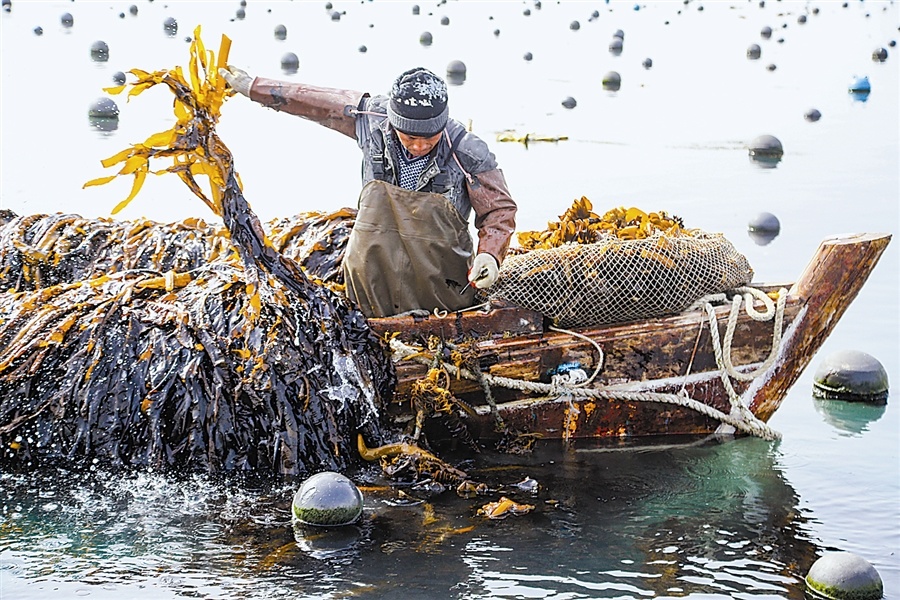
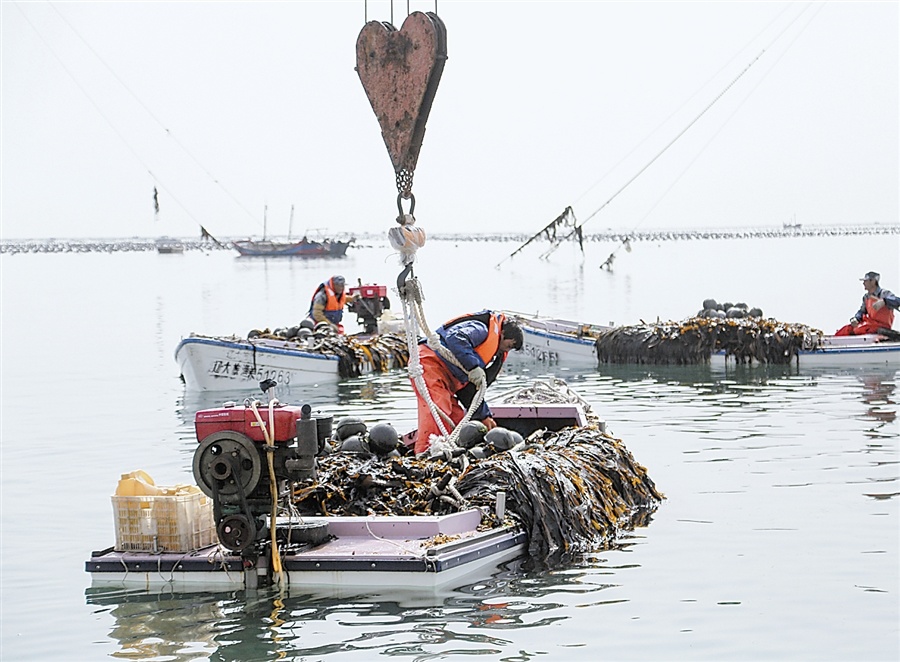

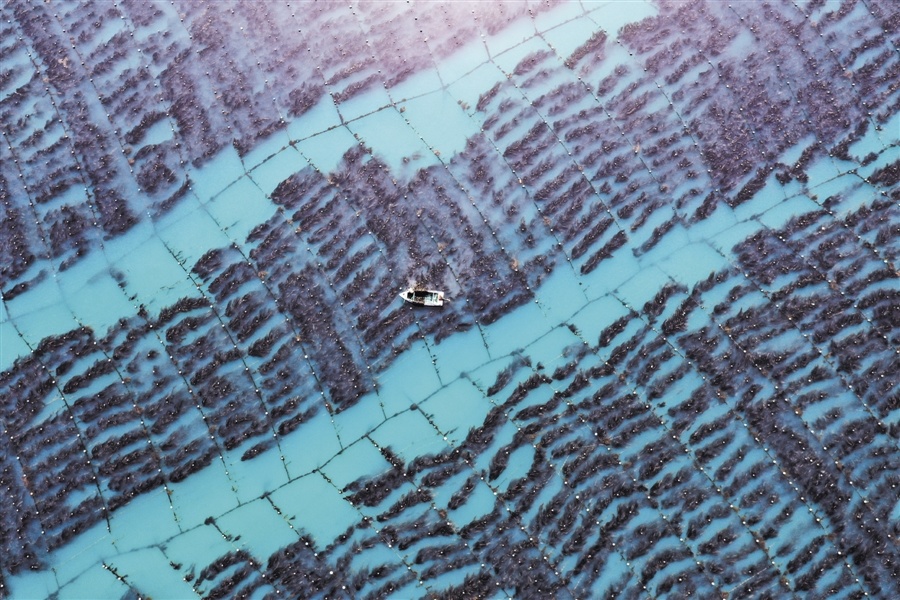

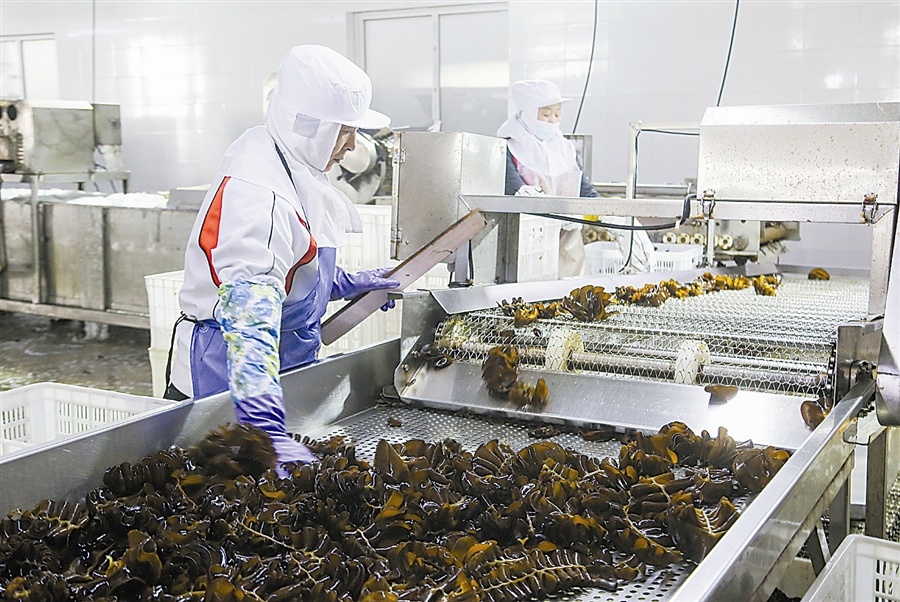
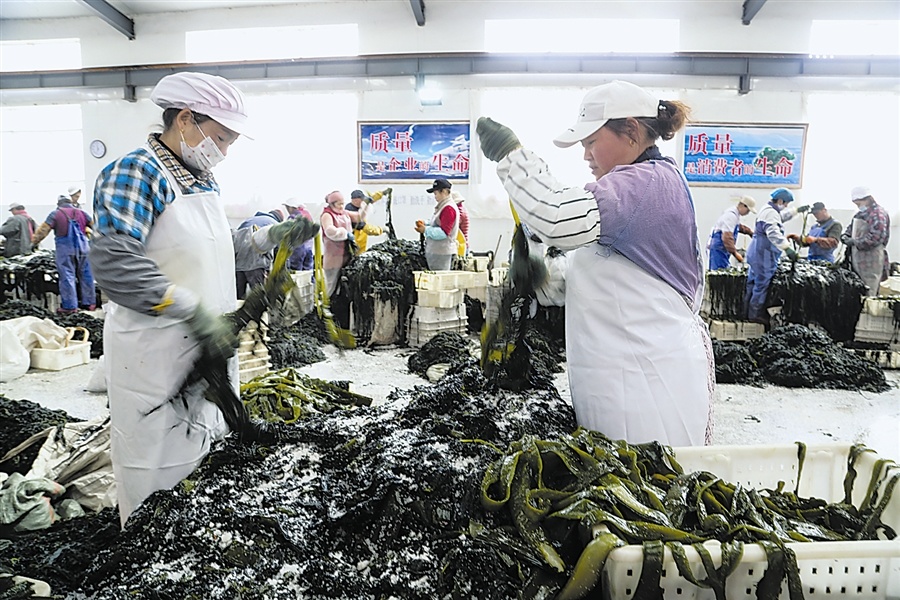

As spring equinox arrives, all things flourish. At 5:37 pm Beijing time on March 20th, we will welcome this vibrant season. At this time, the temperature rises, spring rains are frequent, and spring plowing and sowing begin across the country. The spring equinox is invaluable; sowing hope during the spring equinox also reaps rewards. In Dalian, located in the north, although large-scale spring plowing and sowing have not yet begun, at this moment, the "sea vegetable gardens" along the coast of Lushun have ushered in the spring harvest season.
Spring Harvest at the "Sea Vegetable Garden"
Kelp, cultivated in the sea, is sown in autumn and harvested in spring. The spring equinox is the season for harvesting kelp. At 6 am, as dawn breaks, the sea surface of the Bailanzi sea area in Tieshan Street, Lushunkou District, is reflected in the morning glow, and everywhere is bustling with the processing and harvesting of kelp. On the sea surface nearly a kilometer from the coast, within sight are nearly 2,000 mu of kelp farming areas. Buoys are scattered across the sea surface, neatly connected by ropes to form rafts, like fields on land. Workers navigate small boats between the rafts, cutting the kelp hanging from the ropes and placing it on the boats. Boat after boat, laden with kelp, line up and sail to the shore under the hoisting device, waiting for the shore workers to hoist the kelp from the boats and transport it ashore. Boatloads of kelp are continuously salvaged from the sea, entering processing plants, and through a complete production chain, are finally processed into finished products and sold to Japan and other places.
Resource Endowment: Cultivating National Brand Products
Lushunkou District is located at the junction of the Yellow Sea and the Bohai Sea, with deep water, high salinity, low temperature, fast currents, and large seawater exchange volume, making it the most suitable sea area for kelp growth. It is also China's largest and highest-quality kelp production base, known as the "Hometown of Kelp". In 2014, the Lushun kelp production area was approved by the State Administration of Quality Supervision, Inspection and Quarantine as a "National Demonstration Zone for Quality and Safety of Export Food and Agricultural Products", and in 2010, it obtained the national geographical indication product certification.
The growth of the national brand product has also attracted a large number of laborers to the offshore production. Zheng Wentao and 21 other workers from Heilongjiang navigate small boats in the kelp farming area; they are all migrant workers. The high income in this industry attracts laborers from all over the country to work here. While skillfully harvesting kelp, Zheng Wentao proudly told reporters: "I work about 8 hours a day, and I can harvest two boatloads of kelp, each boat weighing more than 7,000 jin, with a daily income of about 400 to 500 yuan. Although it's hard work, it's fulfilling; I'm tired but happy." Liu Shilong, the head of the farm, explained: "I've worked on the farm for 22 years. Don't underestimate this small kelp. We rely on the geographical advantages of the Lushun sea area, coupled with the government's support and guidance for the kelp industry, and continuous technological improvements, resulting in a significant increase in kelp yield and quality, and fishermen's incomes are increasing year by year. This year, the price of fresh kelp can double compared to last year, and the price of salted kelp can increase by 30% to 40%, and workers also receive tangible benefits."
Innovation Drives Development, Promotes Rural Revitalization
After the complete victory of the poverty alleviation campaign, China's "three rural" work has entered a new stage of comprehensively promoting rural revitalization and accelerating agricultural and rural modernization. With the support of policy dividends, Lushun kelp has formed industrialized production, and Lushun, as an "export kelp quality and safety demonstration zone", enjoys a high reputation both domestically and internationally. The breeding farm is a village collective asset, and Bailanzi Village regards the development and expansion of village-level collective economy as an important measure to promote increased income, achieving a transformation from "relying on the sea to eat" to "relying on the sea to cultivate". Zhang Shuguang, deputy secretary of the Tieshan Street Party Working Committee, introduced that relying on its geographical and natural resource advantages, Lushunkou District has become a major production area for high-quality kelp in China. Currently, the kelp farming area in Lushunkou District is nearly 10,000 mu, and this year's expected annual output of fresh kelp is about 70,000 tons, achieving a good start to the year with increased production and income. The village has been repeatedly rated as one of the top ten economic villages in Lushunkou District and has also been named a "Ecological Civilization Village" and "Top Ten New Rural Villages" in Liaoning Province.
A touch of green heralds spring, ten thousand acres of emerald green waves. Spring Equinox, all things flourish. Spring Equinox, sowing hope, reaping rewards.
1. Farming workers are skillfully harvesting kelp.
2. Farming workers hang the harvested kelp on ropes, preparing to hoist and transport it ashore.
3. After being transported ashore by a crane, the kelp is unloaded and prepared to enter the processing plant.
4. The bright green rolling in the waves also boils with the joy of increased income and the hope of rural revitalization.
5. Thousands of mu of offshore farms are bustling with activity.
6. Farming workers are cleaning kelp sporophylls in the processing plant.
7. Farming workers are separating the blades and stems of salted kelp.
8. Kelp is made into kelp shreds using a needle plate.
——Reprinted from Dalian Daily, please contact us if there is any infringement.
Next Page
Next Page:
Recommended News
